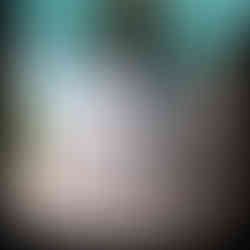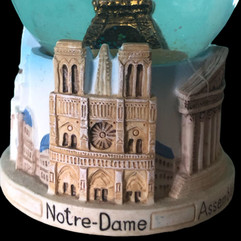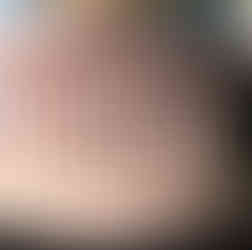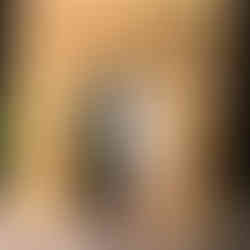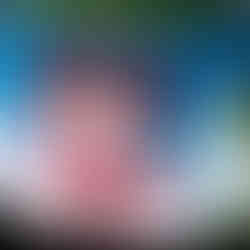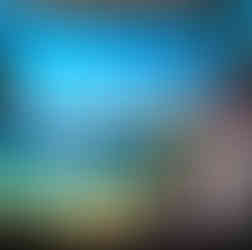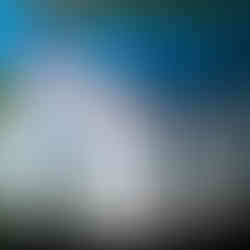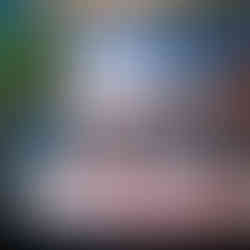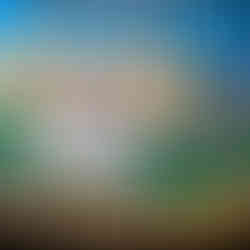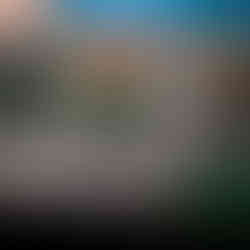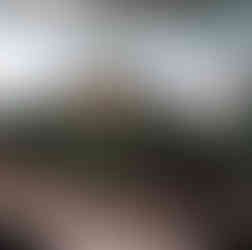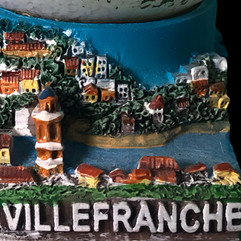The Basics about Bases: The evolution and importance of the base of the snow globe
- Kelvin
- Jul 12, 2024
- 4 min read
Updated: Jul 19, 2024
Snow globes are produced by a number of countries. Mass-produced in Asia particularly Hong Kong and China, with other countries like Austria producing fine crafted versions. Snow globes feature diverse scenes, ranging from the typical holiday souvenirs which are typical on this website, to more eclectic collectables like the popular Christmas scenes, Disney and film characters, space scenes, animals, etc.
The main parts of a modern snow globe are firstly the sphere which contains the scene: landscape, figures, buildings, often with a supporting background and of course the liquid containing the “snow”.

Secondly, the base forms the other half of the whole. Snow globes started off originally with solid, heavy, bases made of ceramics, brass, marble, metal, stone, even crystal, they were sometimes heavy enough to be used as paper weights and their origin might well be from evolved Victorian paperweights.
Globes eventually, (1950s onwards) went through a phase where the light plastic, or plexi-glass sphere or semi-circle formed practically all of the whole structure, with a thin base to support it, as in the example from Nice here.
This type of snow globe was considered tacky by some but helped globes become part of the tourist industry and experience. Essentialy cheap, easy to carry home and a great symbol and reminder of the visit. By the early 1980s there was a decline in sales amidst so many other kinds of tourist souveniers available. This led to their evolution into more sophisticated, quality structures.
Latter day globe bases often with resin incorporated have become solid but light structures and a convenient site to add the place name text, which is a fundamental part of the souvenir globe. In earlier globes this text was usually contained within the sphere itself. The bigger base means that modern globes have increased in height.
Some bases even contain sound boxes or lights to enhance and create other forms of identification with the overall souvenier. The large base in this example represents the solidified lava of the Mount Etna volcano, with music coming from the base's sound box. Red led lighting in the sphere represents the eruption (just visible). This sort of combination and globe enhancement would not be possible in a thin base.
The name text identifies the location the globe represents, if the Eifel tower is within a globe, it’s not so important for its name or Paris to be added, but for less well-known locations it’s an essential part of the souvenir collecting experience. We, this website's collectors, are hesitant to buy globes whose location is not highlighted somewhere. The added name of the location does mean we can consider purchase of globes with generic figures like dolphins which have a place name added.

This Whitby snow globe just has the name of the town on it to identify where it came from. There were no teddy bears on the beach having a party and Whitby is more related to the explorer Captain Cooke or Dracula than bears. Globes like this provide a dilemma when collecting as the name identifies the place visited but has no real relation to the globes contents.
An opposite example, a Paris snow globe containing a model of the Eiffel Tower with a richly carved base covering the other main sites of the city. Even the names of these well known sites around Paris are included. Both sphere and base reinforce the location.

The video shows how much detail has gone into the base decoration compared with the older style globe from Nice above. The gaze there is drawn into the sphere rather than shared around the entire base and globe as in this Parisian example
The carvings around the base seen in more detail.
It is becoming more common to find an elaborate design around the base both for decoration and to provide further enhanced illustration of the local area.
The production of bases begins with a good design. It is then moulded and cast.
The sphere is glued to the base. The border between sphere and base is an important area for the overall appreciation of the globe. It should not be visible and of course the seal must be smooth and gapless to prevent loss of the sphere liquid.
The globe is then placed in a vacuating/vacuum chamber. Here it becomes set and securely sealed and the base is properly bonded with the liquid filled sphere. Air bubbles and any other gasses are also removed from the liquid by the process. The complete globe is then removed and the base soaked in alkaline water. The alkaline dissolves and removes oil and grease and clay etc, leaving a clean snow globe. The base design is then trimmed and grinded for smoothing. Painting hopefully to a high standard then occurs.
A good base allows a firm grip for shaking the globe and for placing the globe securely on the shelves of the collection once you are back from holiday. The base is as important as the sphere it supports. A snow globe is judged in its entirety and a delightful snow scene in the sphere can be cancelled out by poor base design or made even more delightful by a good base design and paintwork.
Some examples of snow globe base art work of the South of France.
Some videos showing the entire 360 degree base designs of specific globes
A Nice snow globe with the base showing scenes from the Promenade and Negresco Hotel
A snap shot of key images along the Cote D' Azure. Scenes from Antibes, Cannes, Menton, Monaco and Nice
This globe shows some areas of the city of Nice: Marche Aux Fleurs celebrates the flower market, The ruins of the Chateau, The Promenade, Vieux Nice - the old town, and the historice square, Place Massena.
For a look at how a factory in Asia actually produces snow globes see Amazing process of making snow globes at https://www.youtube.com/watch?v=OIf9Qj9fyZk
